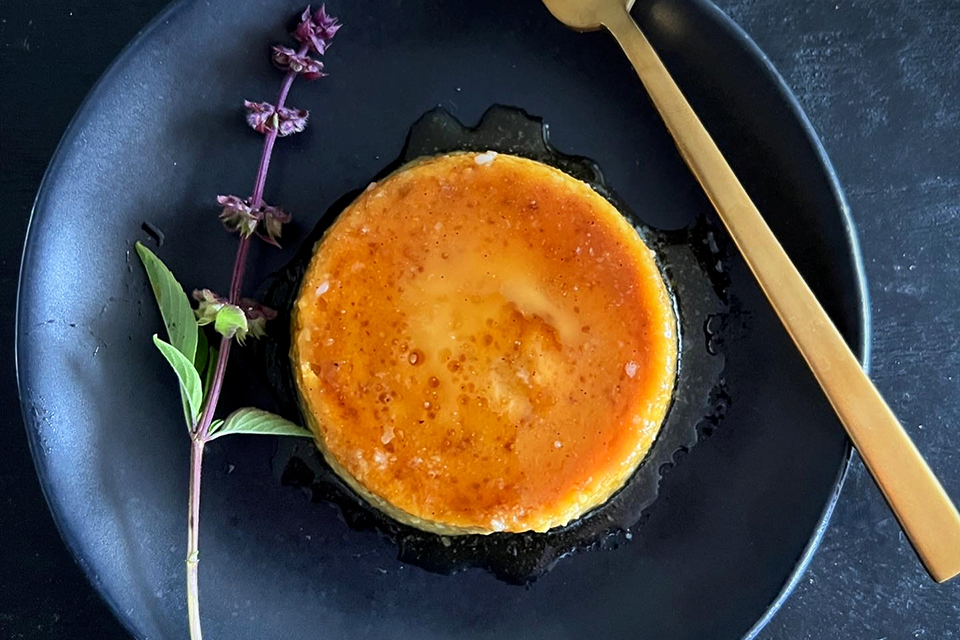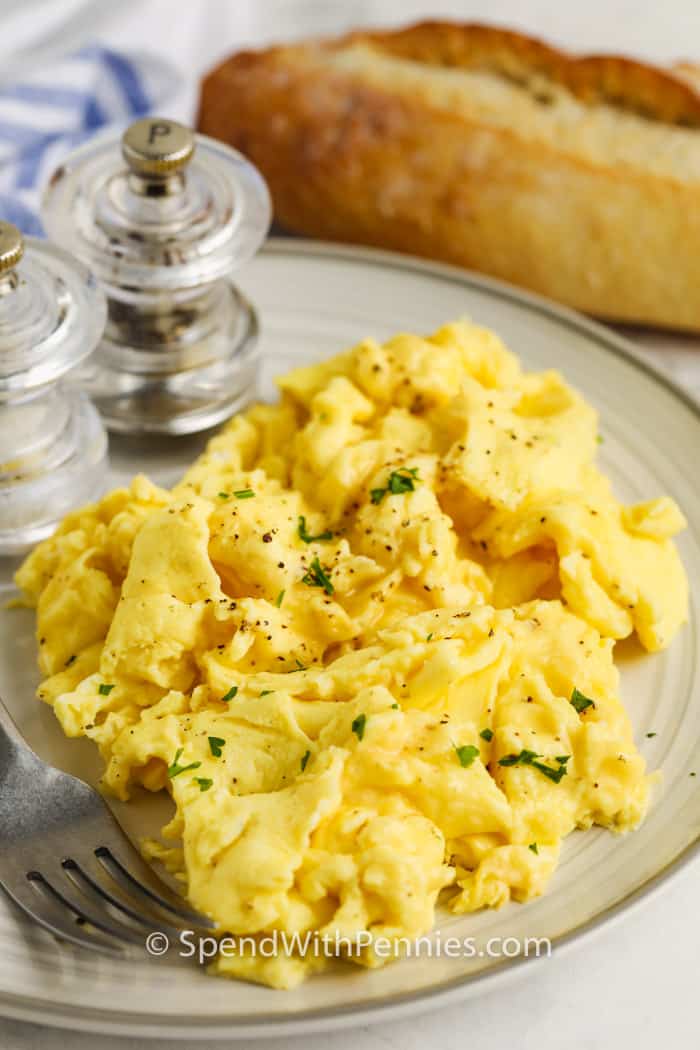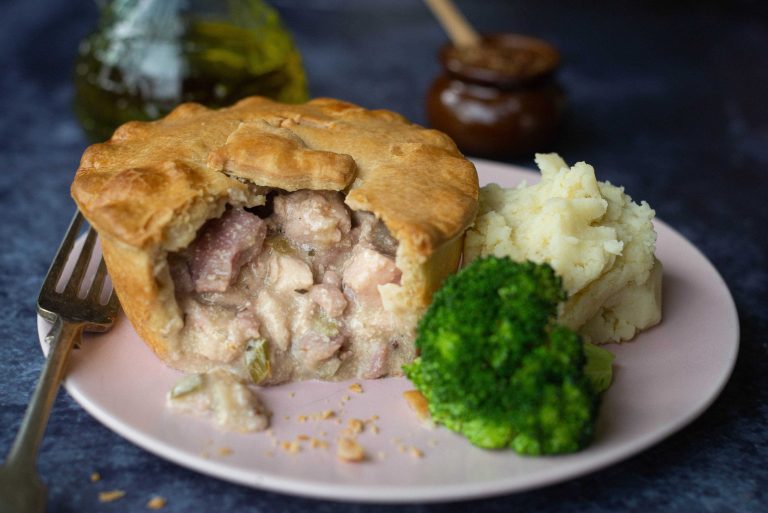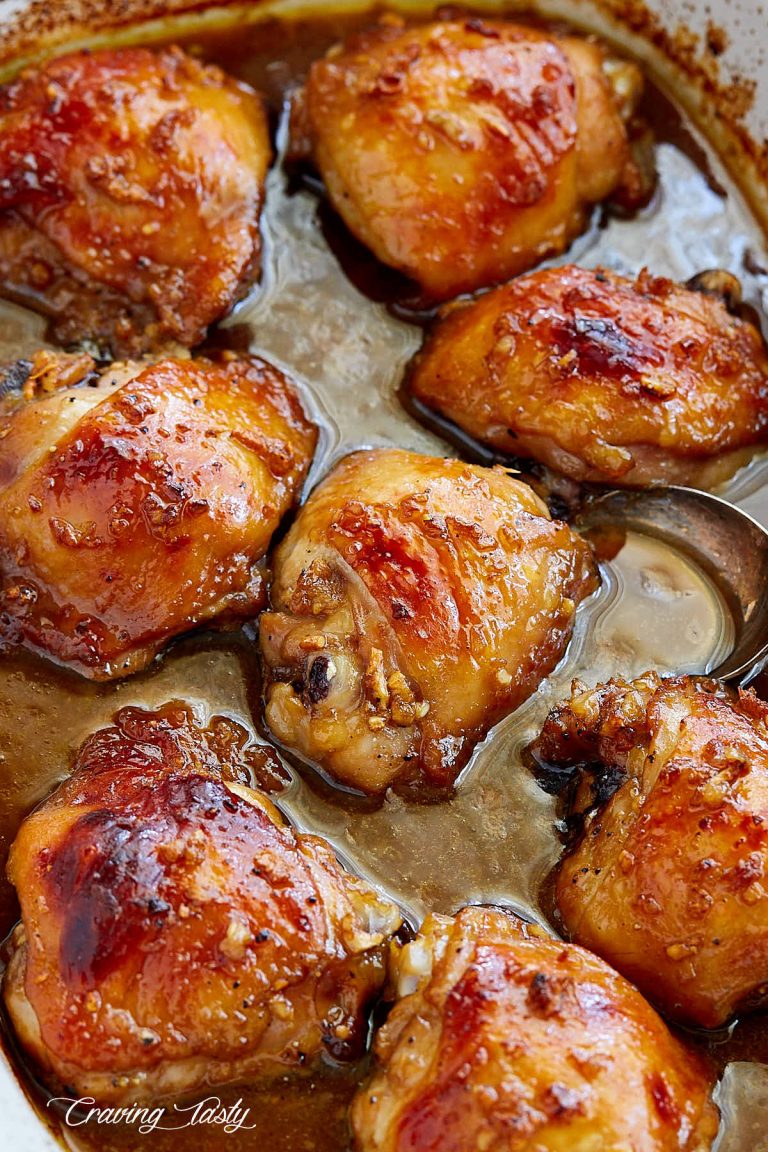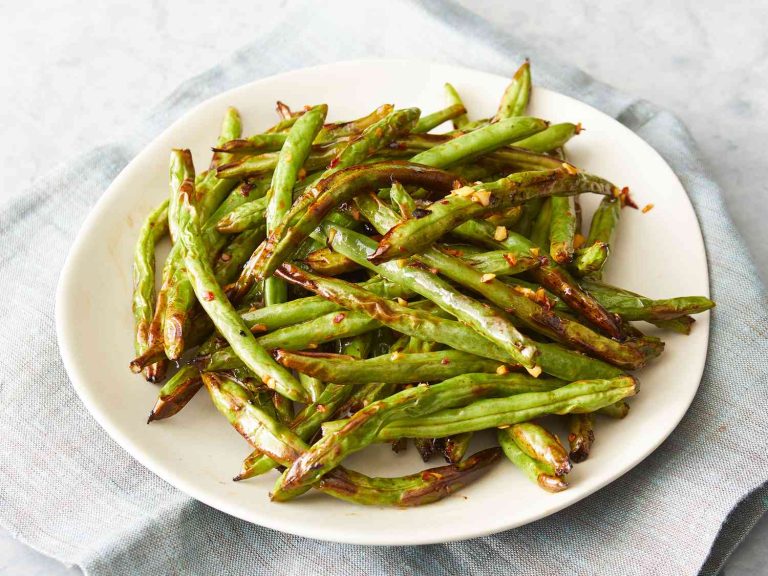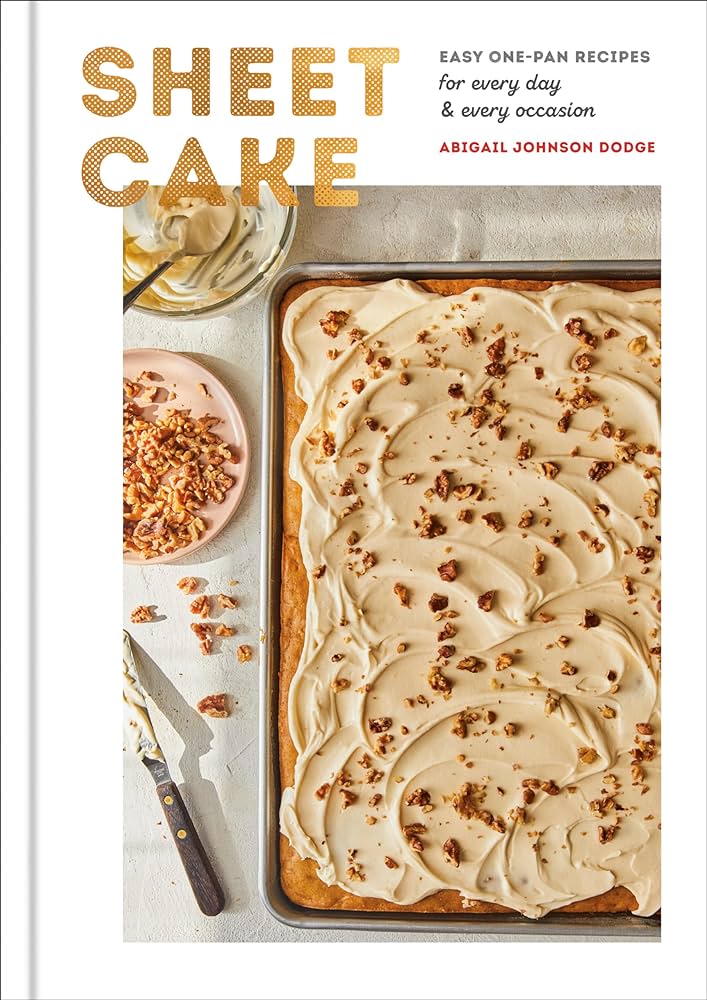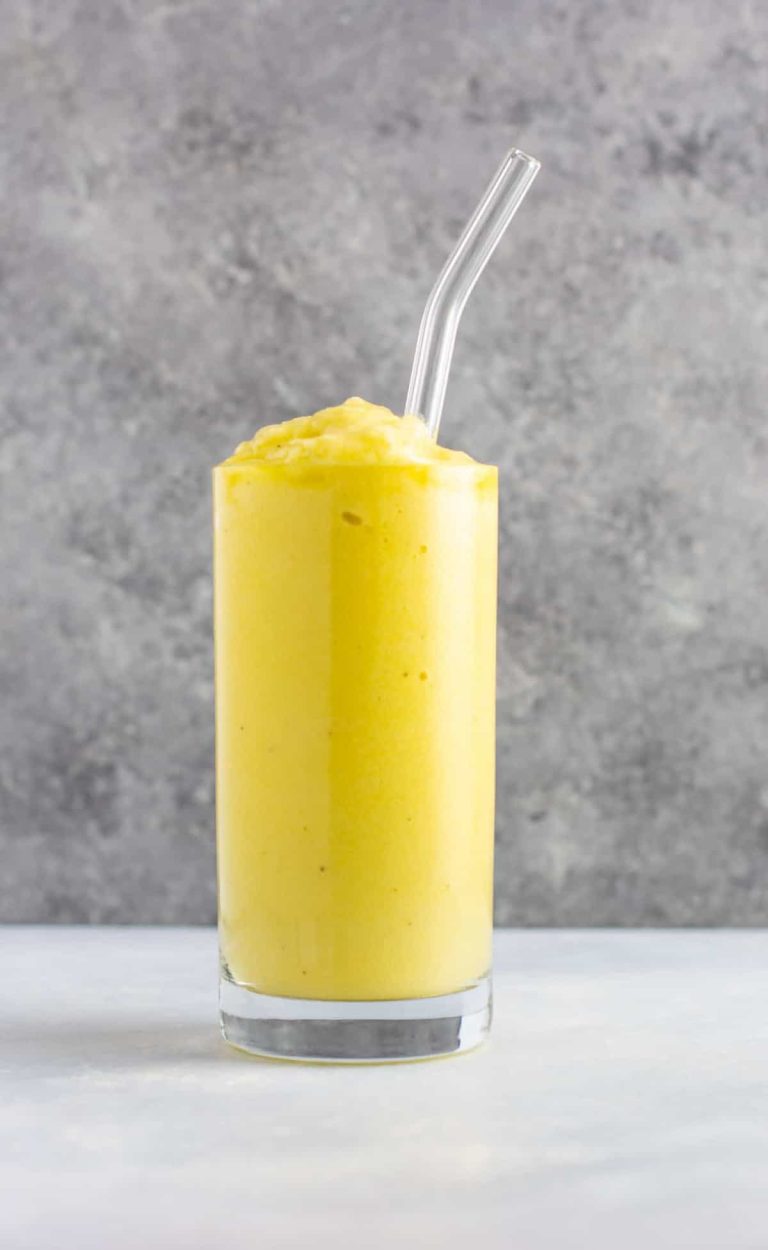Leche Flan: History, Variations, Recipes, and Healthier Options
Leche flan, introduced during the Spanish colonial period, has deep roots in Filipino culture. You’ll find this dessert frequently at celebrations such as fiestas, birthdays, and Christmas gatherings. Its preparation symbolizes family unity as it often involves multiple family members.
Historical Influence
The Spanish brought flan to the Philippines in the 16th century. They adapted the original Spanish flan recipe, which uses condensed milk and caramel sauce, to local ingredients. This adaptation resulted in the unique flavor and texture of Filipino leche flan.
Evolution Over Time
Leche flan evolved with influences from various cultures. During the American occupation, canned milk became more accessible, making leche flan more widespread. Over time, Filipinos created variations using local ingredients like coconut milk or adding unique twists such as topping it with macapuno (glutinous coconut).
Modern-Day Preparation
In contemporary times, you’ll find leche flan recipes in both traditional and modern Filipino cuisine. Some modern versions include fusion desserts like flan cupcakes or leche flan ice cream, showcasing the dessert’s versatility. Despite these innovations, the classic recipe remains a cherished part of Filipino culinary tradition.
Regional Differences
Certain regions in the Philippines have their own versions of leche flan. In Pampanga, a known culinary hub, the flan often features dayap (native lime) zest for added flavor. In contrast, some Visayan versions might use more egg yolks to create a denser custard.
Popular Variations
While the traditional leche flan is most common, several variations exist:
- Coconut Leche Flan – Replaces regular milk with coconut milk for a unique flavor.
- Ube Leche Flan – Combines the rich texture of ube (purple yam) with creamy custard.
- Chocolate Leche Flan – Adds cocoa powder for a chocolatey twist.
Leche flan’s cultural significance and adaptations highlight its lasting impact in Filipino cuisine. This dessert continues to evolve, reflecting influences from history, regional innovations, and modern culinary trends.
Key Ingredients and Equipment
Ingredient Alternatives
For traditional leche flan, you need a few key ingredients. However, some alternatives are available for dietary needs or preferences.
- Eggs: Typically, leche flan requires egg yolks. For a lighter version, you can use a combination of whole eggs and egg whites.
- Milk: Condensed milk is standard. You can substitute it with evaporated milk and sugar for lower sweetness.
- Sugar: Regular granulated sugar is common. Opt for coconut sugar or honey if you want a different flavor profile.
- Vanilla Extract: This adds aroma. For a distinct twist, use almond extract or even citrus zest.
Essential Tools for Making Leche Flan
Proper tools streamline the leche flan-making process and ensure consistent results.
- Llanera: This oval-shaped mold is traditional. If not available, use ramekins or a round cake pan.
- Steamer: A steamer is needed for cooking leche flan. A large pot with a trivet and lid works in its stead.
- Mixing Bowl: Use one for mixing ingredients thoroughly. Metal or glass bowls are ideal.
- Whisk: A whisk helps blend the ingredients smoothly. An electric mixer can also be used.
- Sieve: Strain the mixture to achieve a silky texture. A fine mesh sieve best suits this task.
Ensure you have these ingredients and tools ready to create the perfect leche flan.
Step-by-Step Recipe for Traditional Leche Flan
Ingredients
Gathering all ingredients before starting helps streamline the process.
- 10 egg yolks (large)
- 1 can (14 oz) sweetened condensed milk
- 1 can (12 oz) evaporated milk
- 1 cup granulated sugar
- 1 tsp vanilla extract
- 1/4 cup water (for caramel)
Equipment Needed
Using the right tools ensures your leche flan turns out perfectly.
- Llaneras (or glass baking dish)
- Mixing bowls
- Whisks
- Sieve
- Steamer or large pot with a lid
Preparing the Caramel
To make the caramel, combine sugar and water in a saucepan over low heat.
- Heat until the sugar dissolves, tilting and swirling the pan occasionally.
- Continue heating until the sugar turns golden brown.
- Quickly pour the caramel into llaneras, coating the bottom evenly. Let it cool and harden.
Mixing the Custard
Correctly mixing the custard is crucial for a smooth texture.
- In a mixing bowl, whisk the egg yolks until slightly thick.
- Add the sweetened condensed milk, evaporated milk, and vanilla extract.
- Strain the mixture using a sieve to remove any egg solids.
Pouring and Steaming
Pour the custard mixture into the caramel-coated llaneras.
- Fill each llanera to just below the rim.
- Cover with aluminum foil to prevent water from seeping in.
- Steam for 45-60 minutes. Check by inserting a toothpick; it should come out clean if done.
Cooling and Serving
Allow proper cooling time for the best flavor and consistency.
- Let the leche flan cool to room temperature.
- Refrigerate for at least 4 hours, preferably overnight.
- To serve, run a knife around the edges of the llanera, invert onto a plate, and let the flan slide out.
Tips for Achieving the Perfect Texture
Applying specific techniques enhances the texture of your leche flan.
- Use fresh eggs at room temperature to ensure smooth custard.
- Strain the mixture twice for ultra-smooth consistency.
- Steam at medium heat to prevent overcooking and maintain a creamy texture.
- Allowing the flan to chill overnight improves flavor and firmness.
Serving and Presentation Ideas
Creative Ways to Serve Leche Flan
Enhance the appeal of your leche flan by trying various creative serving methods. Cut the flan into individual slices or small cubes for easy, bite-sized portions. Serve the slices on decorative plates with a drizzle of caramel sauce for added sweetness and visual appeal.
Combine leche flan with other Filipino desserts. Serve it alongside a slice of Ube Halaya or incorporate it into a halo-halo, a popular mixed dessert. Another idea involves placing a small piece of flan on top of bibingka, a Filipino rice cake, to create a unique taste and texture combination.
Elevate your presentation by using different molds. Create leche flan in small ramekins or silicone molds shaped like flowers or stars. These molds can add a fun and elegant touch to your dessert.
Garnish your leche flan to add color and flavor. Top the flan with fresh fruits like mango slices, strawberries, or kiwis. Sprinkle chopped nuts, such as almonds or pistachios, on top for an added crunch and flavor contrast.
Experiment with serving temperatures. Serve your leche flan chilled straight from the refrigerator for a refreshing treat. Alternatively, try warming it slightly before serving, allowing the caramel to become more fluid and enhance the dessert’s texture.
Use unique serving dishes to make your leche flan stand out. Present it in glass bowls, antique dessert plates, or even wooden trays for a rustic look. These creative methods can make your leche flan not only delicious but also visually captivating.
Health Considerations and Nutritional Info
Dietary Modifications for Leche Flan
Leche flan typically contains high amounts of sugar and cholesterol. By substituting some ingredients, you can make a healthier version. Replace whole eggs with egg whites to reduce cholesterol. Use low-fat or skim milk instead of evaporated milk to decrease fat content. Opt for a sugar substitute like stevia for a lower-calorie dessert. If lactose intolerant, almond milk or coconut milk can be suitable substitutes. These modifications can reduce overall calorie and fat intake, making the dessert more suitable for diverse dietary needs.
Conclusion
Leche flan’s rich history and cultural significance make it a beloved dessert in many households. Whether you prefer the classic version or enjoy experimenting with variations like Coconut or Ube Leche Flan, there’s a recipe to suit every palate. By making simple ingredient substitutions, you can create a healthier version that aligns with your dietary preferences without sacrificing flavor. Embrace the versatility of leche flan and enjoy this timeless treat in a way that fits your lifestyle.
